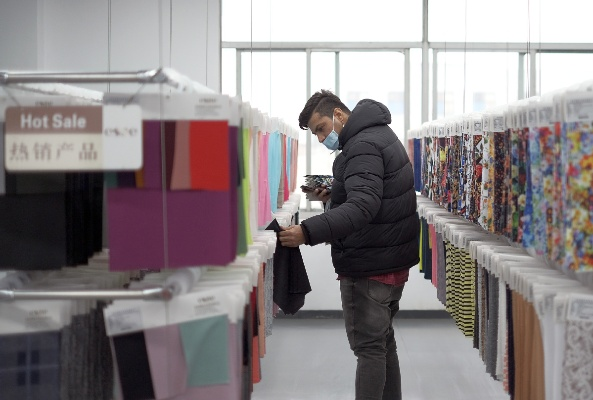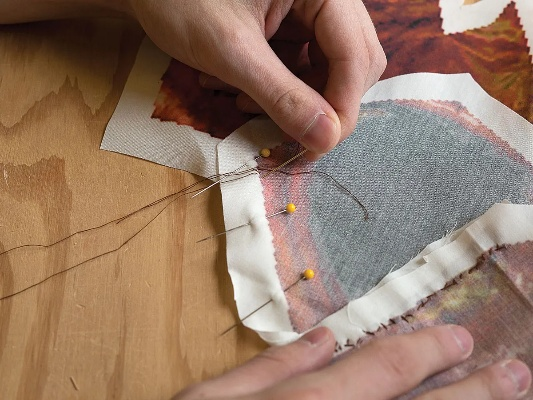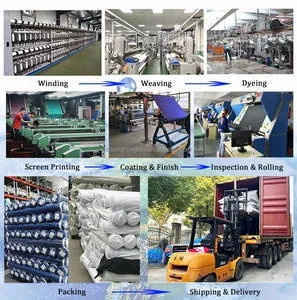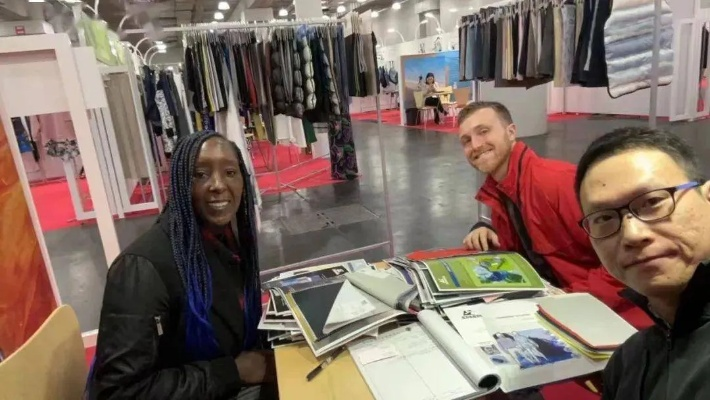Navigating the World of Textile Design Patents:A Comprehensive Guide
: Navigating the World of Textile Design Patents: A Comprehensive Guide,Abstract:,This comprehensive guide aims to provide a clear and concise overview of textile design patents, covering essential aspects such as the classification of textile designs, the application process, and key considerations for successful patenting. The guide will explore the intricacies of textile design patents, providing practical guidance on how to protect your innovative ideas and create a competitive advantage in the market. Whether you are a designer, manufacturer, or entrepreneur, this guide is designed to help you navigate the complex world of textile design patents and achieve success in your endeavors.
Introduction: In the realm of textile design, innovation and creativity are paramount. As designers push boundaries and explore new materials, techniques, and aesthetics, patents serve as a powerful tool to protect their ideas and ensure that they can reap the rewards of their hard work. In this guide, we'll delve into the world of textile design patents, exploring their various types, applications, and the importance of understanding them.
Textile Design Patents: An Overview Patents are legal protections granted to inventors or creators for their original works. In the textile industry, these include not only designs but also processes, materials, and even products made from those designs. Patents are essential because they provide exclusive rights to an invention, ensuring that it remains untouched by competitors.
Types of Textile Design Patents:
-
Design Patents: These are the most common type of patent in the textile industry. They protect the visual aspects of a design, such as colors, shapes, patterns, and textures. Examples include patents for unique prints or patterns on fabrics, as well as designs for specific garments or accessories.

-
Process Patents: These protect the manufacturing process used to create a textile product. For example, a patent might cover the steps involved in creating a certain type of knitted fabric or the method of dyeing a textile.
-
Material Patents: These protect the compositional elements of a textile, such as fibers, yarns, or threads. Examples include patents for innovative blends of synthetic and natural fibers, or for novel yarn construction methods.
-
Product Patents: These protect the final product itself, which could be a garment, a piece of furniture, or any other textile-based item. They are often granted when a designer creates a new product that is significantly different from existing ones.
Applications of Textile Design Patents:
-
Innovation Protection: Patents enable designers to protect their ideas and prevent others from copying their work without permission. This encourages innovation and fosters creativity within the industry.
-
Market Exclusivity: With a patent, a designer can claim exclusive rights to their creation, allowing them to charge higher prices for their products while still maintaining profitability.
-
Legal Defense: In the event of a dispute with a competitor, a patent can serve as evidence to support a designer's claims. It can also help in negotiations or settlements.
-
Economic Benefits: Patents can lead to substantial economic benefits for designers, as they receive royalties for every unit sold of their products protected by patents.
Example: The "Swiss Army Knife" Printed T-Shirt Designer Alexandra Schwarz created a unique printed t-shirt with intricate details inspired by the iconic Swiss Army Knife. Her patented design protected her from potential competitors who might have tried to replicate her work without her permission. This allowed Schwarz to charge premium prices for her t-shirts while still generating significant revenue.
Conclusion: Textile design patents play a crucial role in protecting creative works and facilitating economic growth within the industry. By understanding the various types of textile design patents and how they can be applied, designers can take advantage of the legal tools available to them. As they continue to push boundaries and innovate, textile design patents will continue to be an essential part of the industry's success story.
纺织品设计专利概述
纺织品设计专利是衡量一个国家或地区纺织行业创新水平的重要标志,随着科技的不断进步和消费者需求的日益多样化,纺织品设计专利涵盖了多个领域,包括但不限于面料、服装、家居装饰、工业用纺织品等,以下是部分具有代表性的纺织品设计专利。
主要纺织品设计专利类型
面料设计专利
(1)功能性面料:此类专利着重于开发具有特殊性能的面料,如抗皱、抗紫外线、吸湿排汗等,满足不同领域的需求。
(2)环保面料:随着环保意识的提高,许多纺织品设计专利致力于开发环保面料,减少对环境的影响。

(3)时尚面料:随着时尚潮流的发展,许多公司致力于开发具有独特设计感的纺织品,满足消费者的个性化需求。
服装设计专利
(1)人体工学服装:此类专利着重于开发符合人体工程学的服装,提高穿着舒适度,减少疲劳感。
(2)时尚服装:此类专利致力于开发符合当前流行趋势的时尚服装,满足消费者的审美需求。
家居装饰纺织品设计专利
(1)多功能家居纺织品:此类专利致力于开发具有多种功能的家居装饰纺织品,如吸音、隔热、抗菌等。
(2)绿色家居纺织品:随着环保意识的提高,此类专利致力于开发环保、可降解的家居装饰纺织品。
案例说明
以下是一些具体的纺织品设计专利案例,以供参考:
某公司开发的具有高透气性和吸湿排汗功能的运动面料设计专利,该专利通过特殊的纤维组合和结构设计,使得面料能够快速排汗,同时保持干爽舒适,适用于运动服装和运动器材,该专利在市场上获得了良好的反响和销售业绩。
某公司开发的环保家居装饰纺织品设计专利,该专利致力于开发环保、可降解的家居装饰纺织品,采用天然纤维和环保染料,减少对环境的影响,该专利的设计理念符合当前绿色家居趋势,受到了消费者的广泛关注和好评。
纺织品设计专利的申请与保护策略
-
申请策略:在申请纺织品设计专利时,需要充分了解市场需求和行业趋势,结合自身技术实力和创新能力,选择合适的专利类型和申请策略,需要注重专利申请的质量和效率,确保专利的有效性和实用性。
-
保护策略:为了保护纺织品设计专利不被侵犯,需要采取多种措施,需要加强专利申请前的市场调研和风险评估,确保专利的可行性和实用性,需要加强专利申请过程中的法律保护和维权工作,确保专利的合法性和有效性,需要加强专利申请后的持续维护和推广工作,提高专利的价值和影响力。
纺织品设计专利是衡量一个国家或地区纺织行业创新水平的重要标志,随着科技的不断进步和消费者需求的日益多样化,纺织品设计专利涵盖了多个领域,包括面料、服装、家居装饰等,在申请和保护纺织品设计专利时,需要注重市场需求和行业趋势,结合自身技术实力和创新能力,采取多种措施,确保专利的有效性和实用性,需要加强与相关机构的合作和交流,提高纺织行业的整体创新水平。
Articles related to the knowledge points of this article:
Navigating the Unpredictable:Strategies for Enhancing Textile Durability
Textile Expo:A Multi-faceted Showcase of Trends and Opportunities



